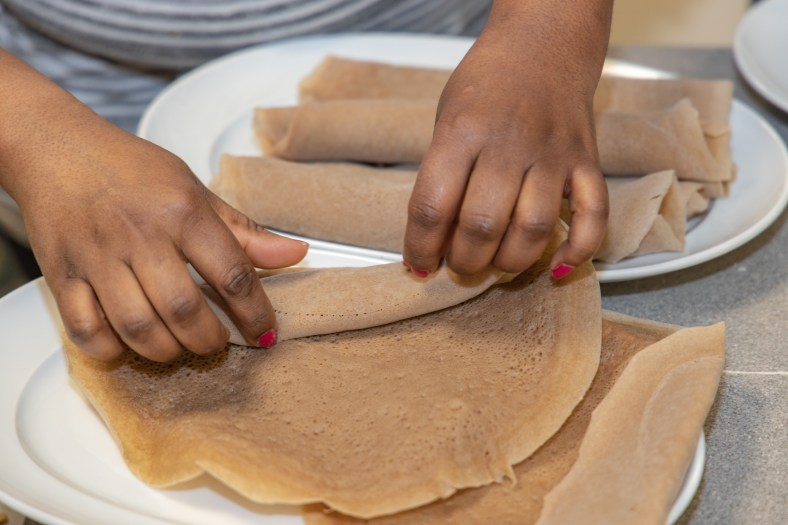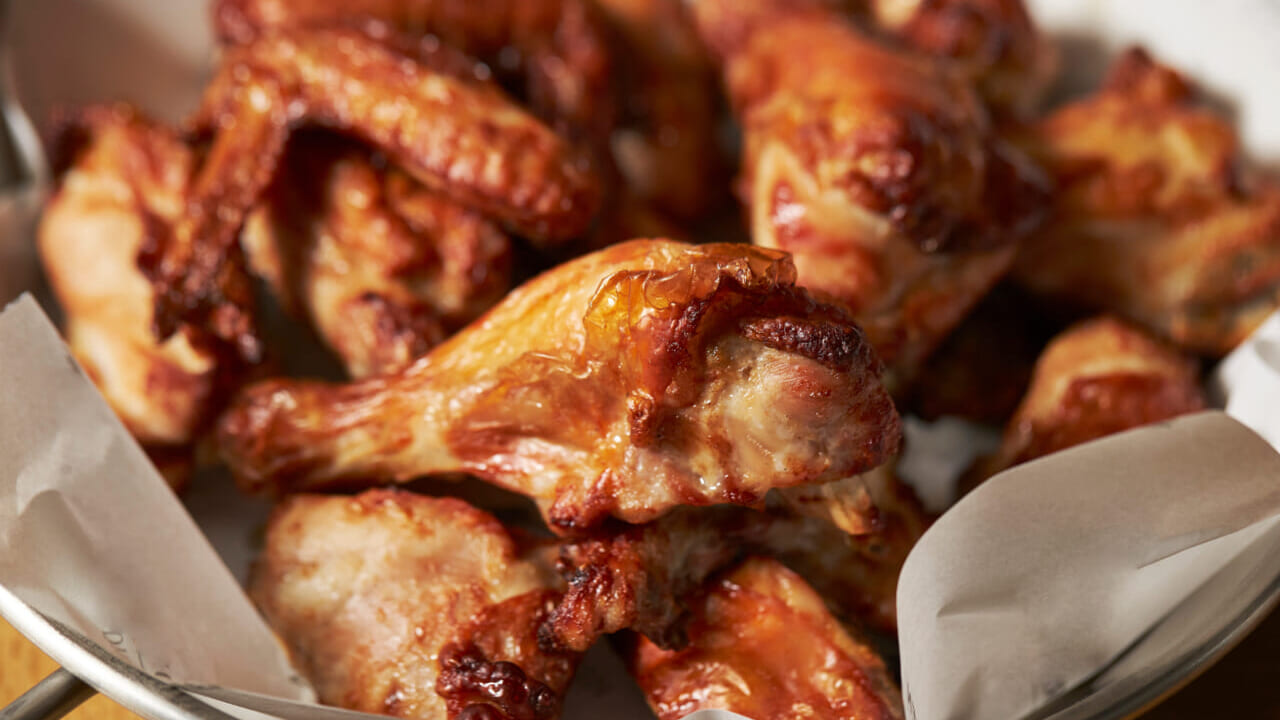Do you dip or sop what’s left on your plate?
The dainty dip doesn't hold a candle to sop.
Dip or sop? Sop or dip?
Ya’ll know what I’m talkin’ ‘bout. It’s one of the more consequential questions we face at the dinner table. When you’ve got gravy sitting in the bottom of the bowl, or the juice from the pig, or that delicious barbecue sauce you don’t want to waste, how do you handle it?
Dip or sop?

The dainty among us dip. They’re the ones invited to the house for the first time, trying to make an impression on Grandmama, who has just made the most delicious chicken and gravy. This ain’t that watery gravy with no body to it.
It’s the good God almighty gravy that’s been simmering low and slow for an hour, stirred with love, with a smell that screams goodness.
Everybody there knows the sought-after goodness leads to a question.
Dip or sop?
You can tell the table newcomers, sitting all undecided next to someone’s second cousin twice removed, who everyone hates because he kills it at spades. The newcomer doesn’t know whether to emulate cuz — all confident in his sop — or be as proper as a Victorian lady, gently dipping her biscuit and taking tiny mouse nibbles.
Whether to dip or sop can get as heated as debating whether creamy or baked mac and cheese makes a better dish; or whether sweet potatoes should have marshmallows (hell no!); or the best way to make potato salad.
To dip or to sop has been around since, literally, the beginning of human history. The first sauces date back to as early as 23 AD, with a precursor to an Aioli, a garlic-based sauce. Who knows if early humans would dip or sop, but historians believe they used hands and fingers to eat since utensils weren’t common until about 500 CE during the Middle Ages.
The tradition of using hands continues today. Diners eating Ethiopian food use the injera, a spongy flatbread to scoop up food. Fufu, a starch popular in central and western Africa, can be used for dipping.
Today, some might find dipping or sopping rude or even uncouth. You can find lots of YouTube videos or even companies that specialize in knife and fork etiquette. But one researcher told the Daily Mail that eating with your hands improves the food’s texture and flavor.

But before you can even think about whether to dip or sop, you must understand the best vessel type to use.
Cornbread? No. A good cornbread will be light, slightly dense, and sweet. But it’s impossible to break into the pieces needed to dip or sop. Sure, you can pour gravy over it — who hasn’t done that? — but it’s not a proper dip or sop vessel.
Biscuits? Maybe, if they’re light and fluffy and not the dense biscuits best with sausage gravy. The light and fluffy ones can tear apart and aren’t the best vessel either.
White bread? Now we’re talking. Thick-sliced homemade white bread, the kind that graces many tables, would win the vessel Academy Awards. It’s easy to dip and has enough body to sop.
So if white bread’s the winner, what’s the best method?
Dip or sop?
Dipping has an inherent flaw. That little delicate dip doesn’t cover much bread. So what happens? You take a big bite, and you don’t get much sauce. What a waste! It’s like biting into a hot dog and only getting mustard.
Dipping is cleaner, though. It’s hard to spill stuff on your clothes or the heirloom tablecloth (that gets your forever invitation revoked).
Sopping hits all the marks. You can get more liquid on your bread. Yes, it might leak a little, and you might get some on your chin, but so what? You can sop up as much of that deliciousness as possible.
And who cares if you drip on your shirt? It’s a source of pride, like getting a participation sticker during pee wee football or a ribbon in rec hoops. Getting a little bit of stuff on your clothes is the equivalent of a badge of honor.
I came. I ate. I sopped.
So there’s the answer. Sop. With thick white bread.
Don’t do the fancy dippy do.
Take that bread, place it in the bowl, run it around the rim, and sop, sop, sop.
You’ll be glad you did.
TheGrio is FREE on your TV via Apple TV, Amazon Fire, Roku and Android TV. Also, please download theGrio mobile apps today!


